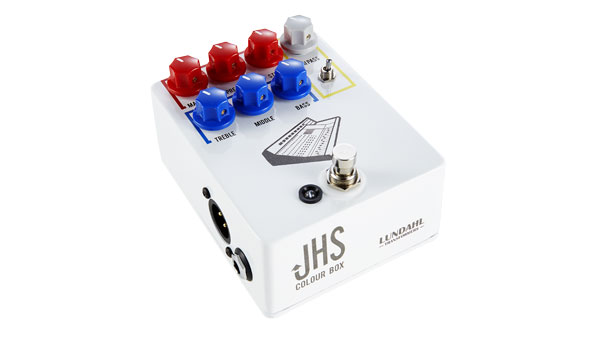MusicRadar Verdict
A go-to tool for direct guitar recording.
Pros
- +
Full sound. Tonal shaping on offer from the EQ. Desk-driven guitar sound.
Cons
- -
Very expensive.
MusicRadar's got your back
Many well-loved recorded tones have originated from a guitar being plugged directly into a mixing desk.
Now, we're not talking any old mixing desk here, but something classy with a well-designed preamp and EQ section. Something like a vintage Neve console.
"For cleans, it works brilliantly to give you a full sound that can be shaped by the three-band EQ"
The all-analogue Colour Box is based on vintage Neve circuitry and designed to deliver those direct-recorded tones.
For cleans, it works brilliantly to give you a full sound that can be shaped by the three-band EQ, but driving a console has yielded many classic guitar sounds - the most celebrated likely being The Beatles' unruly Revolution tone.
You can drive the preamp here for thickening and eventually that kind of fuzzy harmonic distortion... which could also be handy in front of an amp.
Over £300 is a big outlay, but then this is no mere pedal. If you do a lot of recording with a variety of sounds, it is something you'll want to keep handy.
Want all the hottest music and gear news, reviews, deals, features and more, direct to your inbox? Sign up here.
Trevor Curwen has played guitar for several decades – he's also mimed it on the UK's Top of the Pops. Much of his working life, though, has been spent behind the mixing desk, during which time he has built up a solid collection of the guitars, amps and pedals needed to cover just about any studio session. He writes pedal reviews for Guitarist and has contributed to Total Guitar, MusicRadar and Future Music among others.

